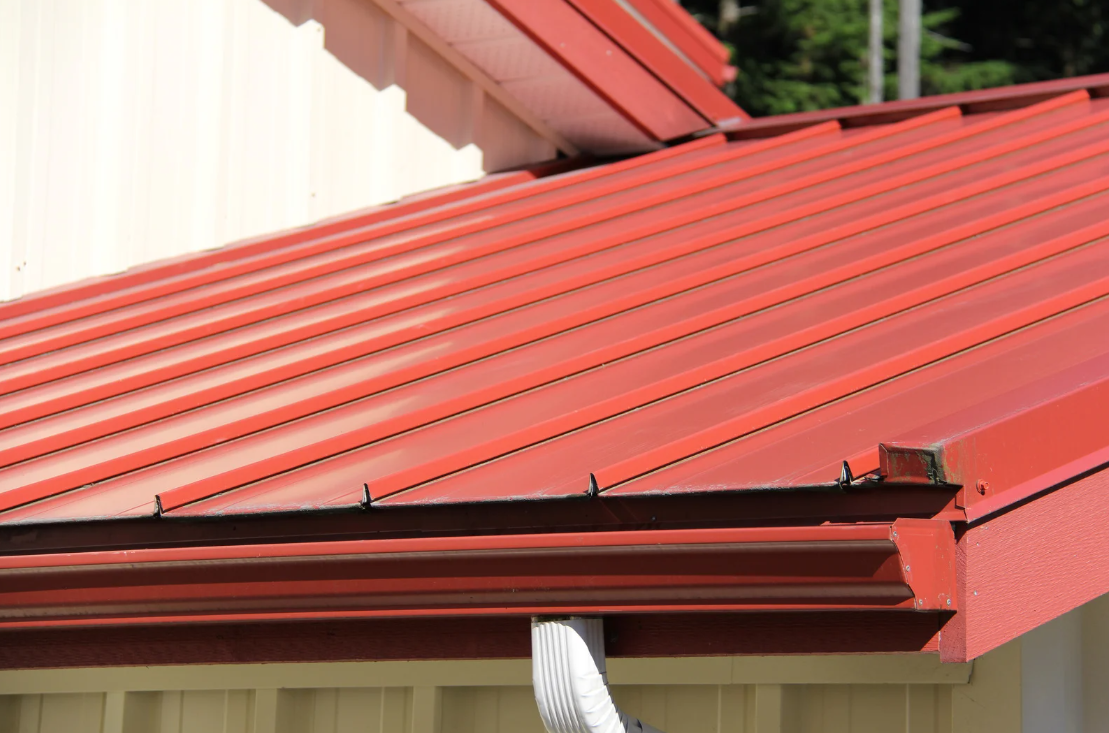Finding the Best Roof Painters: A Guide to a Flawless Finish

Choosing roof painters isn’t just about refreshing colour; it’s about protecting one of the hardest-working parts of your home. A well-painted roof can improve durability, stop small leaks from spreading, and keep the structure cooler under the summer sun. The real difference comes from preparation — cleaning, sealing, and priming before a single coat is applied. I’ve seen it firsthand: the jobs that last are the ones where time goes into ridge caps, flashing, and undercoats. That’s why many homeowners turn to roof restoration experts who understand that painting is just one step in maintaining the roof’s overall health. In my own place, what looked like a simple colour update turned out to be an opportunity to fix worn mortar and treat early rust. The finish looked great, but more importantly, the roof was sound and ready to handle another decade of storms.
What a flawless roof paint job really involves
A great finish is the visible part of a process you don’t always see. The quality is set long before the first coat goes on.
-
Thorough wash-down to remove chalking, salts, mould and loose flakes so the coating can adhere.
-
Repairs first: re-bedding and pointing, replacing cracked tiles, treating rust, and sealing fasteners.
-
Primer tailored to surface (tile, Colorbond, galvanised steel) to promote bond and even uptake.
-
Even film builds across laps and edges, with attention to prevailing wind and sun exposure.
I’ve watched crews transform “tired” roofs simply by being disciplined about sequencing. When prep is rushed, paint struggles to stick on warm ridges and around screws; when it’s done right, the topcoats level out and keep their colour far longer. Little tells—masked flashings, clean cut-ins around vents, tidy overspray control—often predict how that roof will look two summers from now. Ask yourself: if the underlayers aren’t right, why would the top layer perform?
Safety, access, and timing considerations
Roofs are unforgiving places. Sensible planning protects the people doing the work and the home underneath.
-
Safe access is non-negotiable: harness points or scaffolds sized to the pitch and height.
-
Weather windows matter: avoid coating when the substrate is hot to the touch or rain threatens.
-
Overspray control: wind direction, drop sheets, and nozzle choice protect walls, cars, and neighbours.
-
Ventilation and curing: allow adequate off-gassing time before foot traffic or gutter cleaning.
On a steep tile roof I observed recently, the team staged the work so no section was left half-primed overnight. That simple choice prevented dew from interfering with adhesion. They also cleared gutters before washing; otherwise, debris would have tracked back over fresh paint. It’s practical, not fancy—plan the day, keep surfaces within the product’s temperature range, and you avoid most headaches.
Maintenance that keeps the colour and protection
A coated roof still needs care. Light, regular maintenance extends coating life and keeps water moving where it should.
-
Gentle, periodic cleans reduce grime that bakes into the film and dulls gloss.
-
Quick attention to slipped tiles, loose screws, or lifted flashings stops small issues from spreading.
-
Trims and penetrations (solar mounts, whirlybirds) deserve a periodic once-over for seal integrity.
-
Surroundings matter: overhanging branches can scuff coatings and feed organic growth.
Good maintenance habits are what separate roofs that last from those that fade early. Resources like Australia’s Your Home program provide a practical home maintenance guide that reinforces the value of tackling small jobs before they snowball into larger repairs. It’s the same principle with painted roofs: keep surfaces sound, and the coatings stay sharper for longer.
Mistakes to avoid when repainting a roof
Plenty of problems start with good intentions and the wrong sequence. These are the missteps I see most often.
-
Painting over chalky, unprimed sections—peeling is almost guaranteed.
-
Spraying in hot sun—solvent “flashes off” and the film can’t level.
-
Ignoring small leaks—water finds the tiniest pinhole and lifts coatings from beneath.
-
Mismatching products—etch primer on galvanised, tile primer on concrete, topcoat to suit both.
On one project, a friend skipped priming entirely because the tiles “looked clean.” Within months, sections began flaking, and the effort had to be redone. Stories like that underline why it’s worth knowing the most common roof painting mistakes homeowners fall into. Being aware of these traps helps ensure the finish holds up season after season instead of becoming another patch job.

Questions to ask before you hire painters
Finding the right team is part conversation, part observation. The details you probe now tell you how the job will run.
-
What prep steps are included, and how will repairs be handled if they’re found on the day?
-
Which primer and topcoat system suits this roof material and local climate?
-
How will access be made safe, and how is overspray managed near neighbours and vehicles?
-
What aftercare does the coating need, and what signs should trigger a maintenance check?
On a weatherboard home I was involved with, the contractor walked me through nozzle choices for ribs on a metal roof and how they’d back-roll to avoid lap marks. That level of detail builds confidence. You’re not chasing grand promises; you’re listening for process clarity—what happens first, how they’ll verify surface moisture, and how they’ll protect the site.
Final thoughts
A beautiful roof finish is the sum of many small, careful decisions—surface prep, product matching, safe access, and steady maintenance. When you keep those elements front and centre, the paint performs as part of a wider protection system rather than a quick cosmetic fix.
It’s also worth remembering that roofs don’t just fail slowly over time. Sudden damage from storms or falling branches can leave a home exposed overnight. In those situations, knowing how to respond with emergency roof repairs can make the difference between a quick patch-up and major water damage inside. Pair that awareness with painters and restorers who are methodical, and you’ll be set up not only for a sharp finish but also for peace of mind when the unexpected happens.







